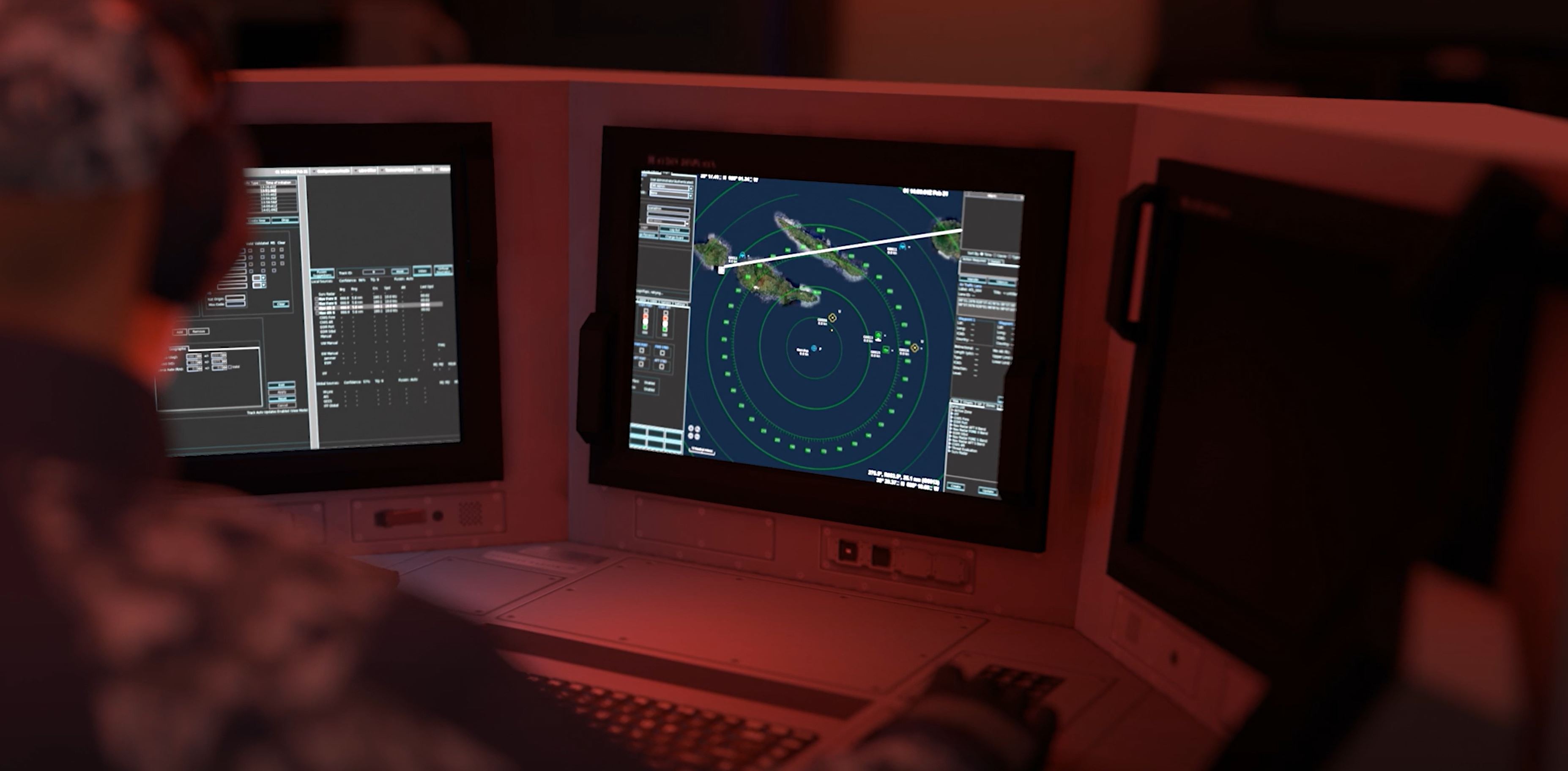Using AEGIS is surrendering your soveriegnty on combat management control.
As far as I understand it, this is not perhaps true as most people understand it.
Spoz is I believe correct.
The Koreans and Japanese for examples have Aegis ships and non-American weapon systems and sensors on those ships. However, it things do not have to be integrated through Aegis.
I believe they are typically integrated through the console which can talk to aegis and essentially have it own combat systems. However, AEGIS is now more or less a set of open standard libraries, not just a sealed up compiled binary, so things are more complicated in that space. Or it can be done through a translation layer. Sometimes the US does this to integrate legacy systems with new systems, as it then doesn't impact the development of the primary code tree. ON a platform like a ship, finding room for a small box that does translation is often not an issue, on a F-22 it can be, so that translation box may need to be on a wholely unique platform.
The Aegis/CMS330 debate has been had. And CMS330 has even been integrated with 9LV..
CMS 330 is a tested, fielded, exported and in-service next generation Combat Management System originally developed for the Royal Canadian Navy.

www.lockheedmartin.com
If you are running pure AEGIS and American style/built aegis consoles, then yes, its all American. But choosing Aegis doesn't have to limit your sovereignty over combat capability, weapons or consoles or even radar. Trying to replicate all the capabilities of Aegis, particularly CEC, in a 3rd party stack would be a fruitless and impossible venture, because you would be having to replicate Aegis by reverse engineering, and Aegis itself moves along with regular software updates.
While CMS330/9LV may look after sonar and torpedo's (MU90 for Australia), it can also integrate things like remote weapon stations, decoys, cameras, EW, guns, missiles, etc. From the console, it can be seamless.
But as with anything, how much integration do you want? Are there issues of latency? How do you support it over time? For underwater weapons latency may not be an issue, same for a camera, but for ballistic missile defence and firing SM-3 intercepting space craft and blending network data from half a dozen different platforms, latency is a very real thing.
I will however, point out I am not an Aegis integrator or developer, and there are perhaps people who do exactly this on this forum that are sitting there. They may or may not comment, but blood vessels may explode if we make overtly simplistic statements.


